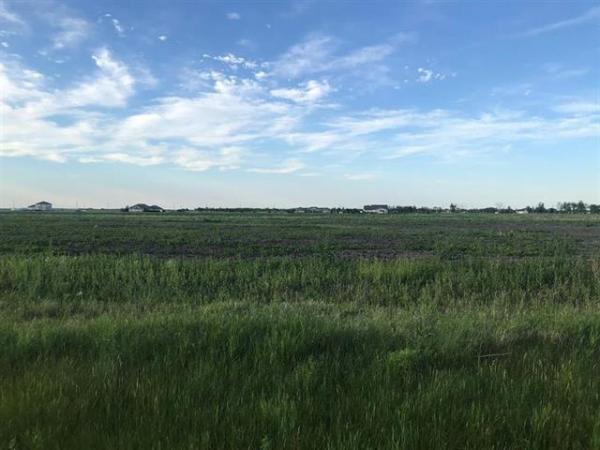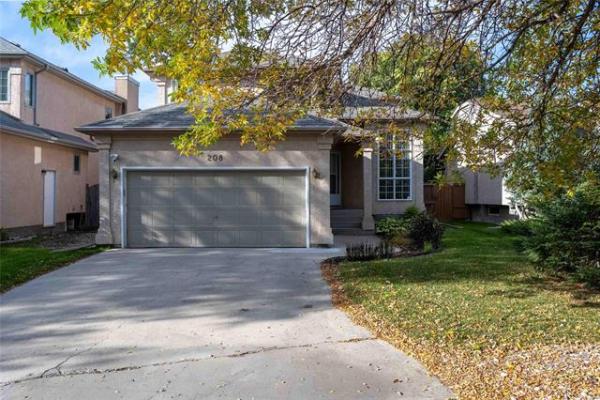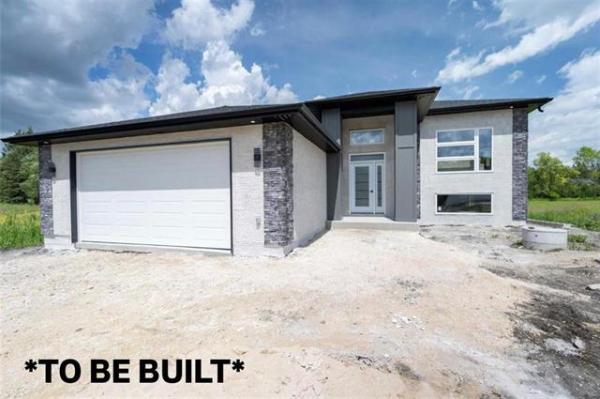Thank you for any information you may be able to provide.
--Tina, e-mail
ANSWER -- The condensed answer to your question is that you should be able to install air chutes from inside your attic before upgrading your insulation. The only concern is that they will not serve to add increased ventilation to your attic, but may prevent another potential problem.
In homes of your design, with brick exterior walls and no soffits, adding additional ventilation to the attic from the eaves may be nearly impossible. While the addition of vents to allow cold air infiltration from this area is highly desirable before upgrading attic insulation, it is not critical. What is very important, however, is to avoid over insulating the attic at the perimeter, near the eaves. Yes, I did say over insulating. While this may seem contrary to much of the current information available to homeowners, it is a potential problem which I will further explain.
Most older homes, especially those built in the early part of the last century like yours, have very little room between the top of the ceilings and the underside of the roof sheathing at the ends of the attic. This area is often called the hip, and is quite small due to the older practice of notching rafters where they join with the top of the exterior walls of the home. The ceiling joists and rafters are often constructed of two by fours, which limits this space even more. This area was not given much consideration when your home was built, because insulating attics was not a high priority back then.
Current homes with manufactured trusses have enlarged hips, allowing for installation of large amounts of insulation in this area. Because of the small space at the perimeter of your attic, there is minimal room for insulation between the ceiling and the roof, certainly not enough to accommodate conventional insulation up to current standards of R40 to R50. For this reason, it is quite easy to fill this entire area with insulation, especially when loose fill insulation is blown in.
When this area is filled to capacity with conventional fibreglass insulation, or other highly breathable types of insulation, warm air intrusion from the home is very likely through the ceiling or exterior walls. If this insulation is touching the roof sheathing there will be little or no way for this warm air to escape into the main part of the attic. In that case, condensation will be a certainty, often causing moisture related problems in the attic or home. In the worst cases this condensed air will turn to heavy frost in the winter and may melt and run back in through the ceiling or walls during the spring thaw. Also, this insulation may trap enough warm air to prevent excess condensation but will alternatively melt the snow on this part of the roof causing ice dams and rapid deterioration of roofing.
Either way, over insulation of attics at the eaves is one of the most common defects I seen in homes. I probably have taken four or five hundred digital pictures of attics with this problem, during the course of normal inspections. The interesting thing is that the problems can normally be prevented, quite easily, before adding insulation. The solution in your home is to install a baffle between the rafters in this area to prevent the insulation from touching the roof sheathing. While these components are often called air chutes they can also serve a dual purpose as insulation stops, in situations like yours.
Insulation stops are normally available constructed of either foam or coated cardboard and can be installed, and secured with a staple gun or large-headed nails, between the rafters at the perimeter of the attic. They are designed to leave approximately three to five centimetres of open air space between their tops and the underside of the roof sheathing. This opening may be sufficient to prevent excess frost from developing on the underside of the roof, but will certainly help maintain a cooler roof deck, preventing shingle damage. If there are any small openings between your rafters and the exterior brick walls some beneficial air infiltration may also occur, further improving the situation.
Unfortunately there is one drawback of installing the air chute/insulation stops in the manner I recommended and that is minimal insulation in this area compared to the rest of the attic. While this may prevent ideal levels of attic insulation, it is unavoidable with conventional insulation. However, this will certainly be preferable to damaged roof sheathing, shingles and possible leakage. Fortunately, there is one upgrade that will improve this dramatically, but may somewhat more costly.
After the insulation stops are installed, and old wood shavings or poor quality insulation removed from between the ceiling joists at the attic perimeter, a higher quality product may be added to this area. Blown-in polyurethane foam insulation can be installed to provide a more complete air seal and higher insulation value. A few centimetres of this material may be enough to stop most air infiltration through the ceiling, while adding a reasonable level of insulation compared to the much thicker material in the rest of the attic. This will be the best of both worlds, eliminating the moisture problems while adding maximum insulation value even in areas where there is not enough height for regular insulation.
Ari Marantz is the owner of Trained Eye Home Inspection Ltd. and the President of the Canadian Association of Home & Property Inspectors - Manitoba (www.cahpi.mb.ca). Questions can be e-mailed or sent to: Ask The Inspector, P. O. Box 69021, #110-2025 Corydon Ave., Winnipeg, MB. R3P 2G9. Ari can be reached at (204) 291-5358 or check out his website at www.trainedeye.ca.
trainedeye@iname.com



